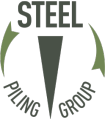In the past, steel pile installation was associated with high noise and vibration because piles were driven using high impact air or diesel hammers. Such hammers were not enclosed and were therefore very noisy. New enclosed hammers and sound-proofed power plant have significantly reduced the noise levels to a tolerable level that complies with the Control of Pollution Act 1974.
In environmental planning for pile installation, simple and accurate methods are needed for the prediction of sound and vibration levels, both near the source of the installation and at nearby residential buildings in order to obtain the Consent to Work Agreement with specified noise and vibration limits. The specifier can then be sufficiently well informed to understand the reliability of a contractors proposals for installation and can easily check for compliance on site with geophones and noise meter measurement.
Noise
In recent years, increasing attention has been given to the effects on the local environment of the noise and vibration associated with construction work, also the public are much more aware of their rights. Although the duration of a piling contract may be short in comparison with the whole contract period, the effects of noise and vibration may be more acute during the piling phase.
Human response is very intolerant of noise and vibration or shock transmitted through the ground, although greater tolerance can be achieved by careful prior education of the public. Efforts made to advise the public and to plan the precise times of driving can reassure those likely to be affected in the vicinity of pile installation.
In the UK, the Control of Pollution Act (1974) provides a legislative framework for, amongst other things, the control of construction site noise. A Code of Practice, BS 5228-4 deals specifically with piling noise and vibration, including tables of measured data for reference.
In addition, three documents which discuss vibration in detail are the
- TRL Report 429 Ground borne vibration caused by mechanised construction works,
- the British Steel publication Control of vibration and noise during piling and
- CIRIA TN142 Ground borne vibrations arising from piling
BS 6472 deals specifically with evaluation of human exposure to vibration in buildings.
It is important to be aware that technology has also improved since the 1990’s and reduced noise in steel piling operations. Now vibro-drivers and hydraulic impact hammers are commonly used or piles are jacked into the ground. The relatively more noisy diesel and air hammers have now been largely phased out.
Vibration
Groundborne vibrations caused by piling induce dynamic strains within nearby buildings. These vibrations can occasionally be of sufficient magnitude to lead to building damage but more commonly the problem is disturbance to occupants. The threshold of human perception to vibration is typically two orders of magnitude lower than that for the onset of building damage.
Vibration is often quantified in terms of the velocity attained by particles in the ground as they are disturbed from their at-rest position during the passage of the wave. The peak particle velocity (ppv) is the most common parameter used to quantify vibration magnitude.
Guidance on the levels of ground borne vibration that may cause damage is given in three British Standards and also in Eurocode 3. These are:
- BS 7385-1, Evaluation and measurement for vibration in buildings. Guide for measurement of vibrations and evaluation of their effects on buildings
- BS 7385-2, Evaluation and measurement for vibration in buildings. Guide to damage levels from ground borne vibration
- BS 5228-4, Noise control on construction and open sites. Code of practice for noise and vibration control applicable to piling operations
- BS EN 1993-5: Design of Steel Structures – Part 5: Piling
Guidance on human response to exposure to vibration in buildings is given in BS 6472.
Further information is given in SCI Publication P308 Specifiers guide to steel piling.
BRITISH STANDARDS INSTITUTION
BS 7385-1: 1990 Evaluation and measurement for vibration in buildings.
Guide for measurement of vibrations and evaluation of their effects on Buildings
BRITISH STANDARDS INSTITUTION
BS 7385-2: 1993 Evaluation and measurement for vibration in buildings.
Guide to damage levels from groundborne vibration
BRITISH STANDARDS INSTITUTION
BS 5228-4: 2008 Noise and vibration control on construction and open sites.
Code of practice for noise and vibration control applicable to piling operations
BRITISH STANDARDS INSTITUTION
BS 6472: 2008 Guide to evaluation of human exposure to vibration in buildings
(1 Hz to 80 Hz)
HEAD, J. M. and JARDINE, F. M.
Ground-borne vibrations arising from piling
CIRIA Technical Note 142, 1992
Read about Materials
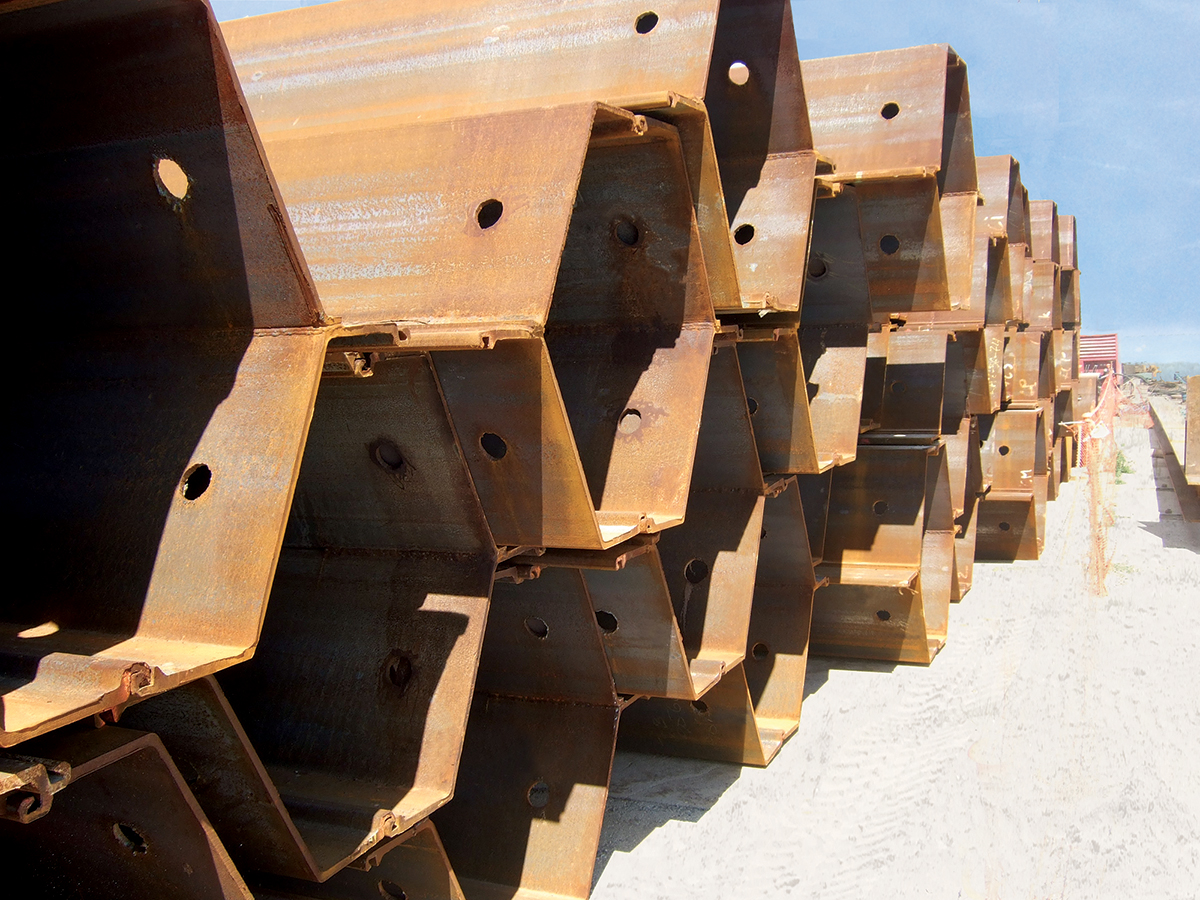
Case Studies
A selection of our work
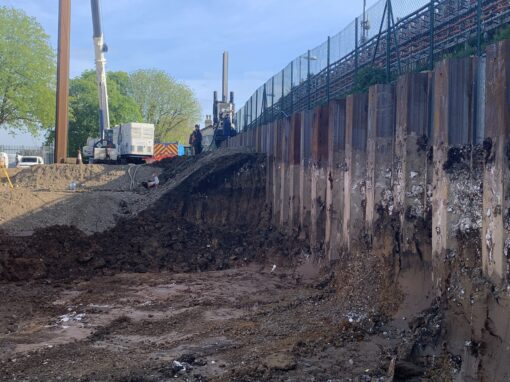
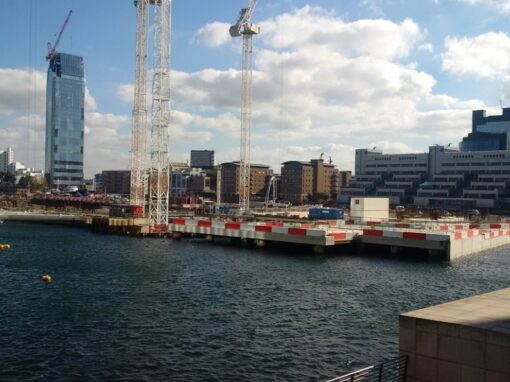
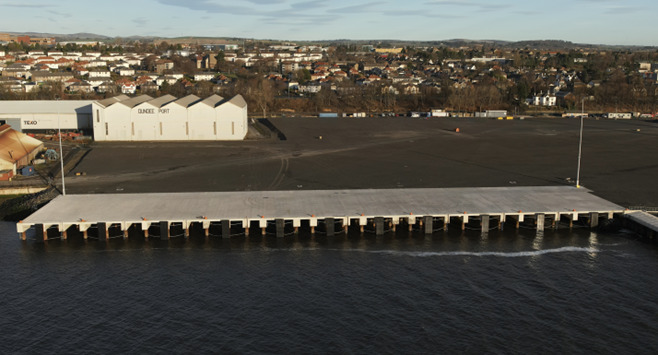
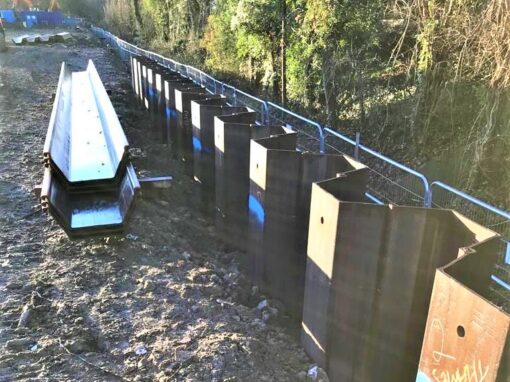

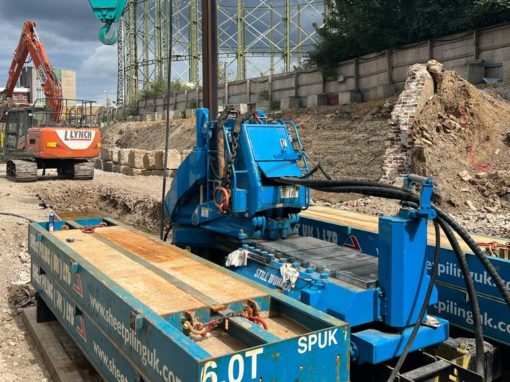
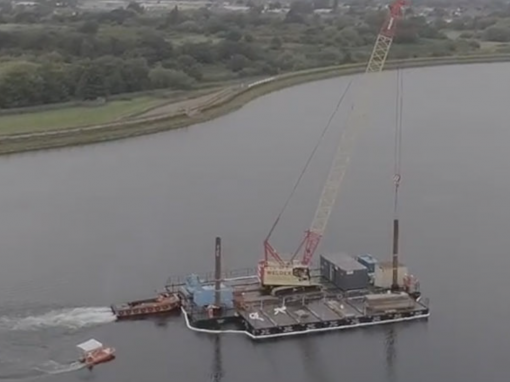
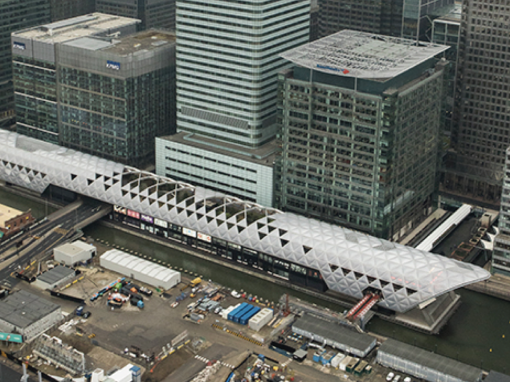
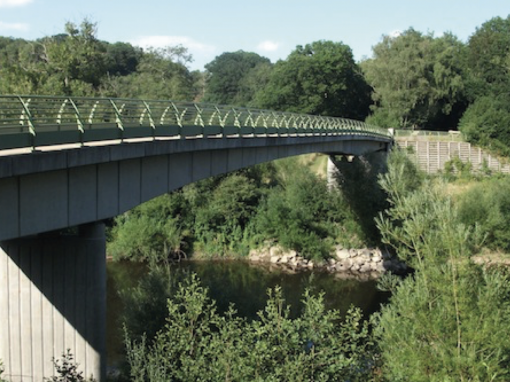
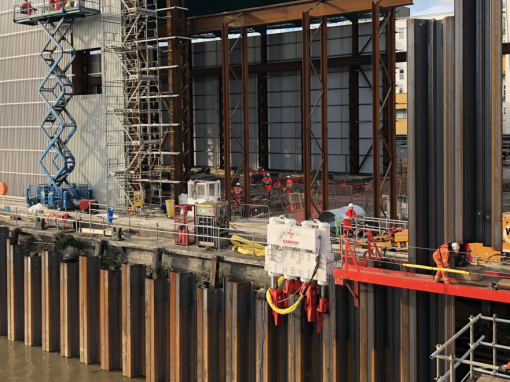

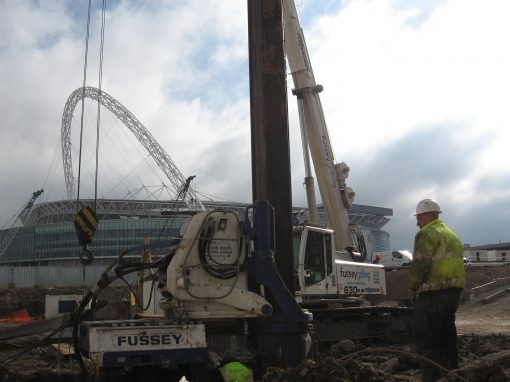

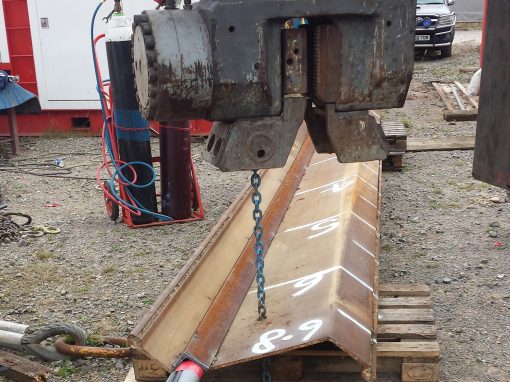
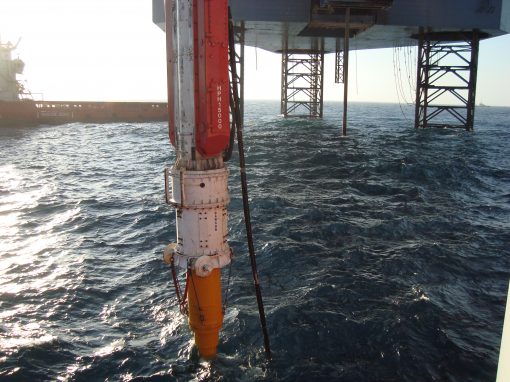
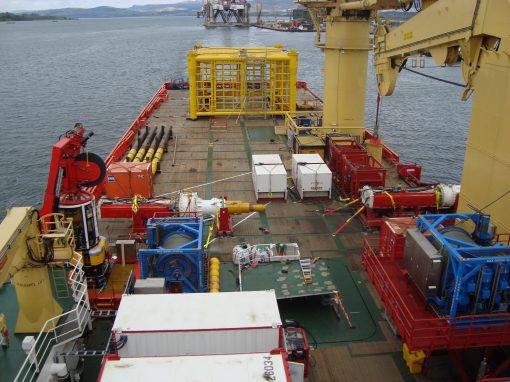
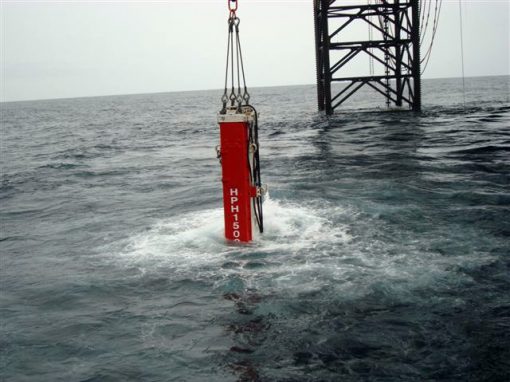
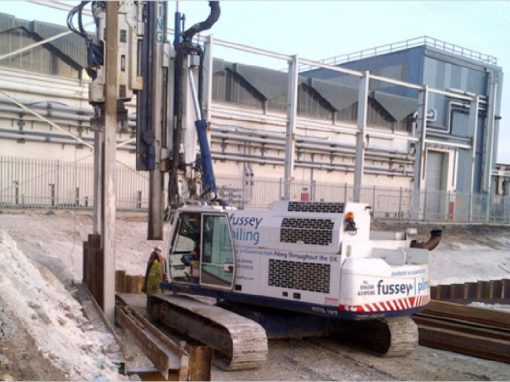
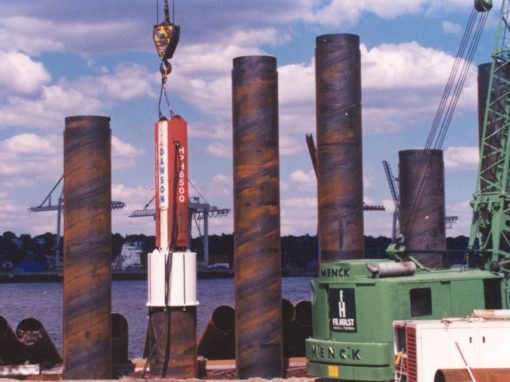
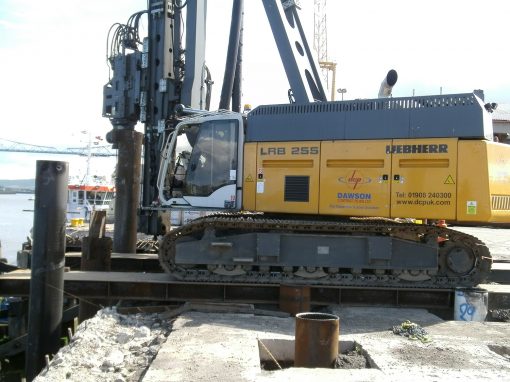
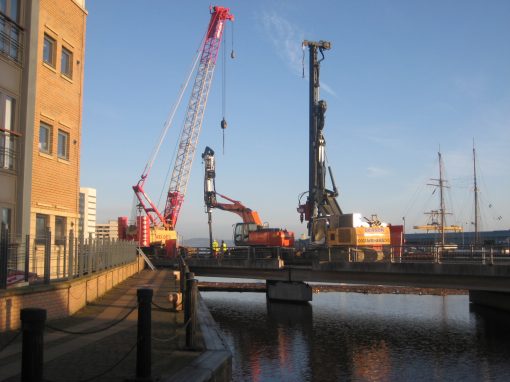
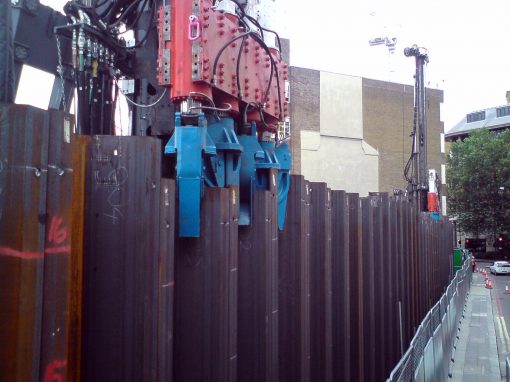
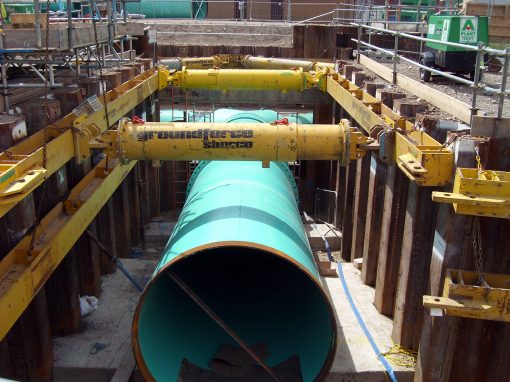
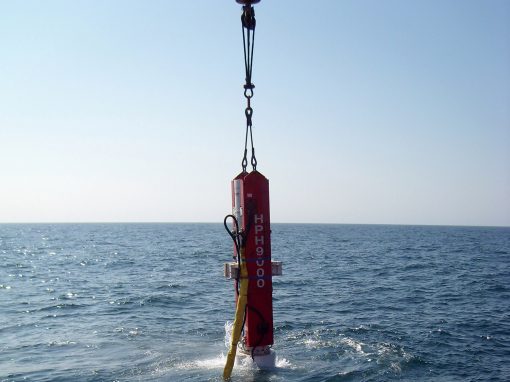
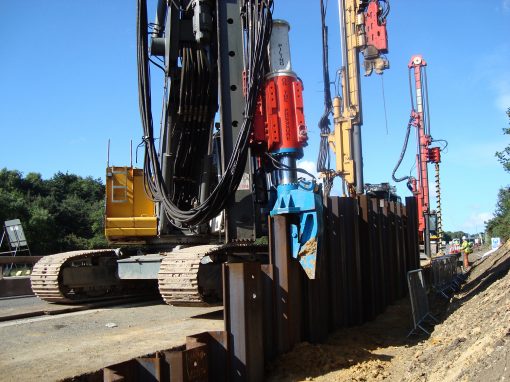
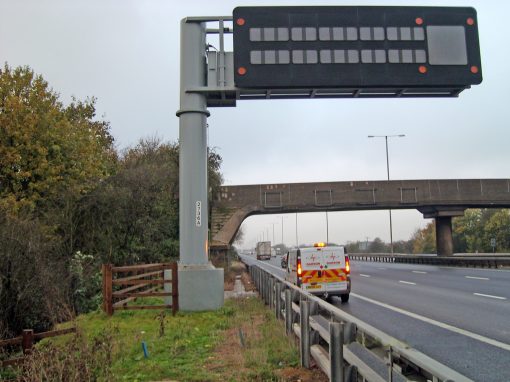
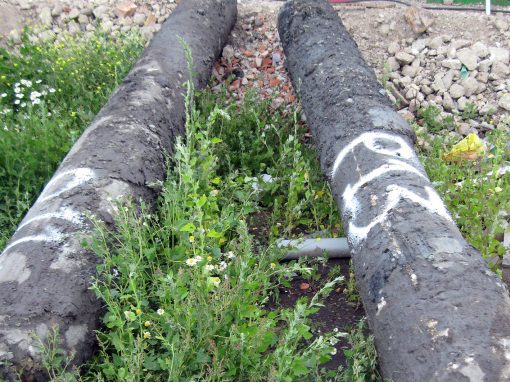
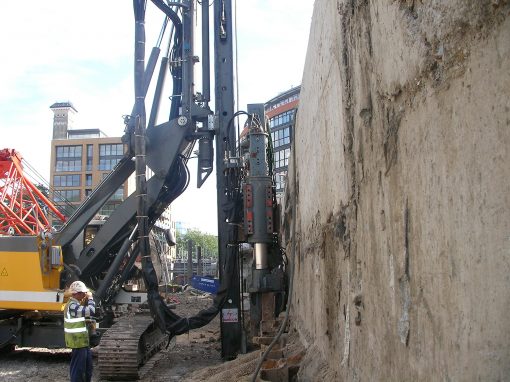
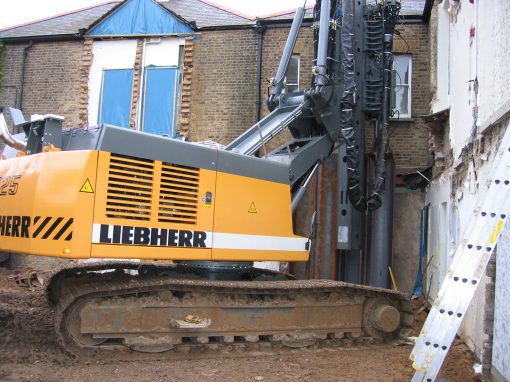
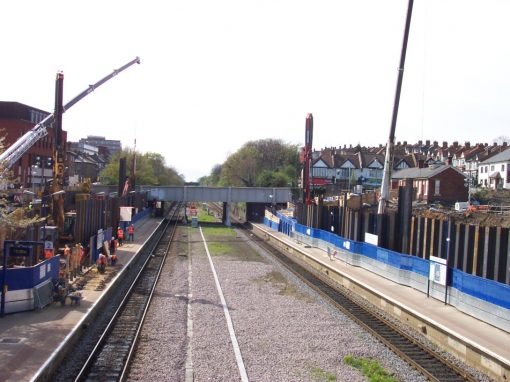
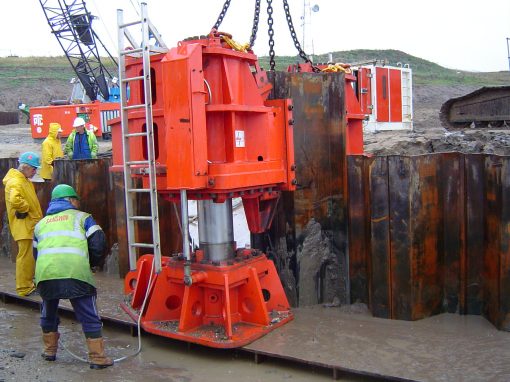
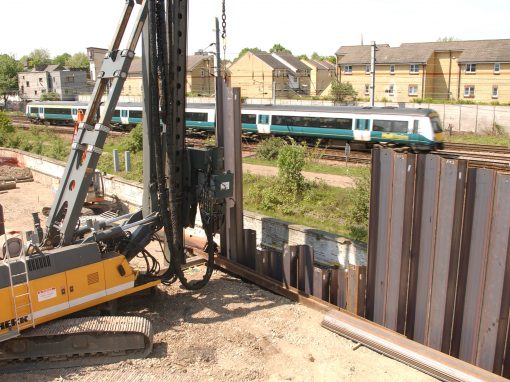
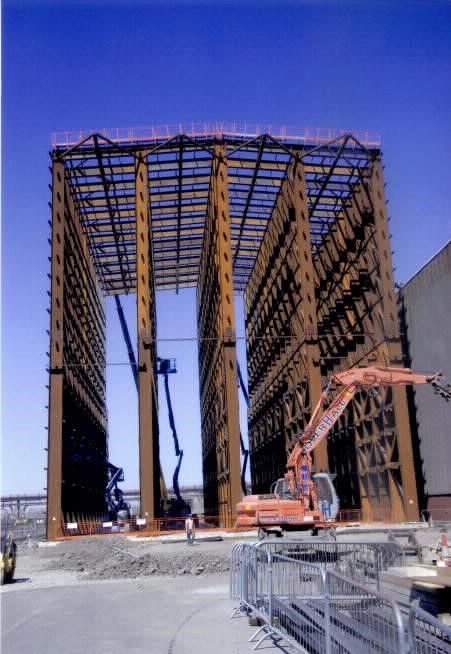
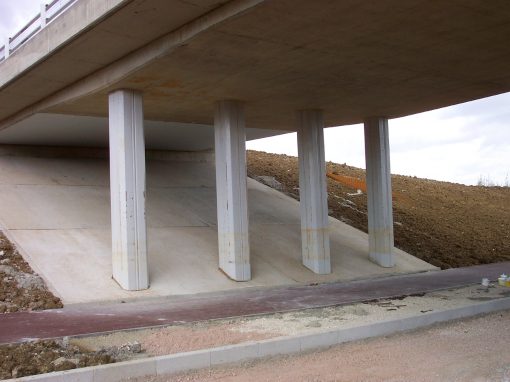
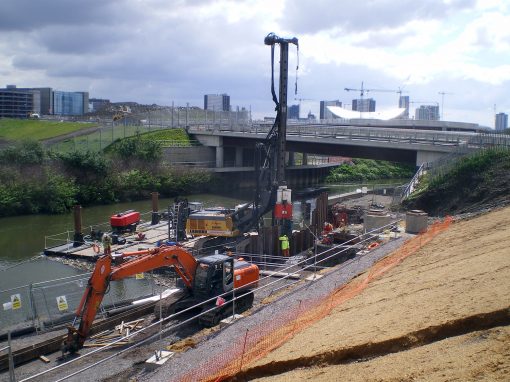
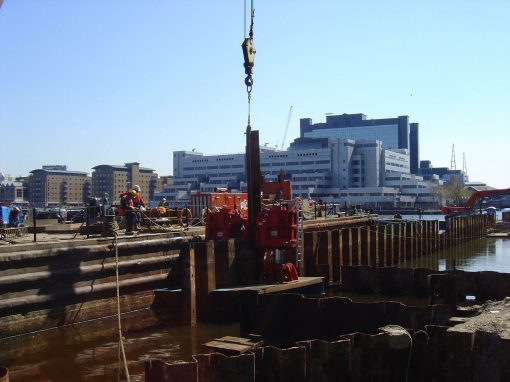
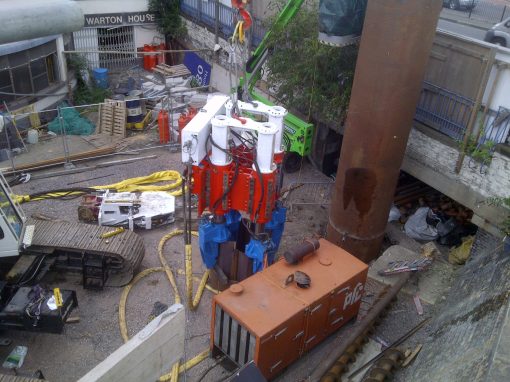
Steel Piling Group, C/O SCI, Silwood Park, Unit D, Buckhurst Road, Ascot ,Berkshire. SL5 7QN
E: info@steelpilinggroup.org

© Copyright 2018 Steel Piling Group
Terms & Conditions | Privacy Policy
